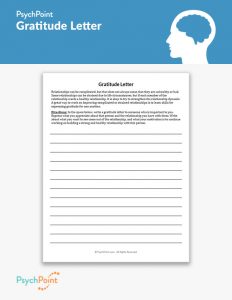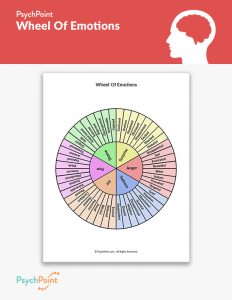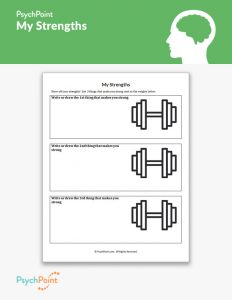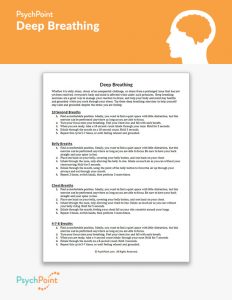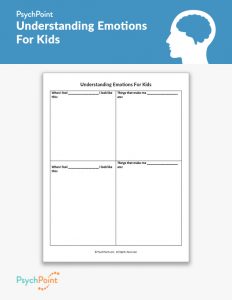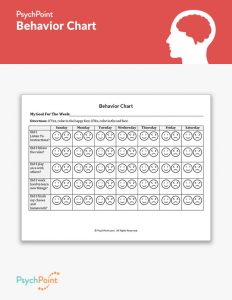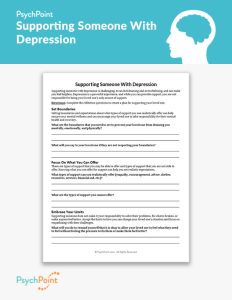Passive, Aggressive And Assertive Communication Worksheet
Worksheet updated on April 5th, 2023
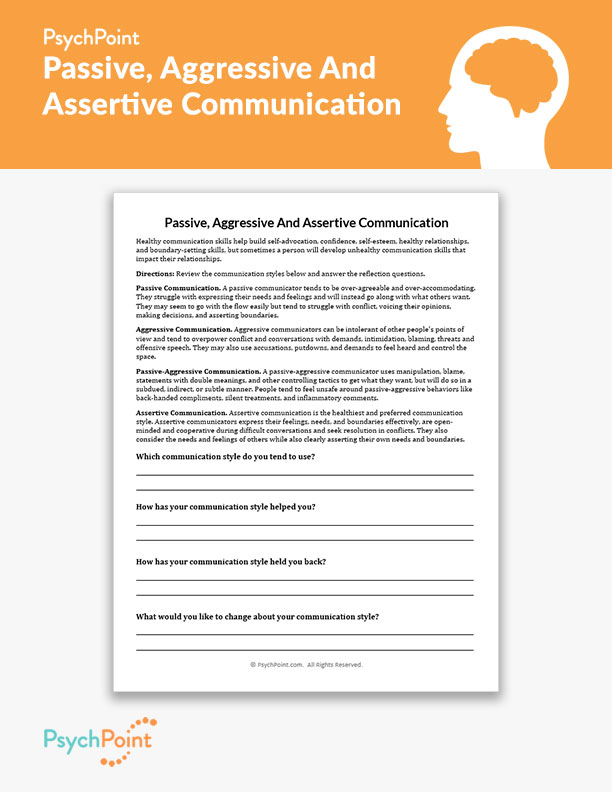
A common cause of challenges with relationships is how a person communicates. Communication skills can affect a person in different ways, whether they are struggling with relationship issues, social anxiety, self-esteem, or other issues. Being able to communicate well helps with a person's mental health in several ways, including boosting confidence, working through emotional challenges, and learning how to verbalize needs and boundaries.
Communication is important for maintaining good mental health, but people often develop communication styles that are affecting them negatively. Modifying how a person communicates with others can help them learn how to self-advocate, empathize, and work to resolve conflict in their relationships. Identifying and modifying unhealthy communication styles can help a great deal in therapy.
About This Worksheet
This is the Passive, Aggressive, and Assertive Communication worksheet. This worksheet outlines the following types of communication: passive, aggressive, passive-aggressive, and assertive communication. It also explains what the experience is like to communicate with a person who uses each style and how the communication style affects the user and those who they are communicating with.
The Passive, Aggressive, and Assertive Communication worksheet can help adults who are struggling with communication and relationship challenges. It can help in different therapy settings, like individual counseling, couples counseling, and family counseling. This worksheet can be used during sessions as an educational and self-reflective tool.
Instructions
Review the introduction of the worksheet with the client and explain why it is important to identify and modify unhealthy communication habits. Brainstorm with the client how modifying their communication can help with the challenges they are addressing in therapy, and allow the client to express what they need to have healthier communication.
Review each communication style with the client. Allow them time to reflect on each communication style. Give the client space to complete the reflection questions. When the client is finished, review the results with them and use the worksheet as a guide for identifying areas of improvement to promote healthier communication.
Download
Download Passive, Aggressive And Assertive Communication Worksheet

